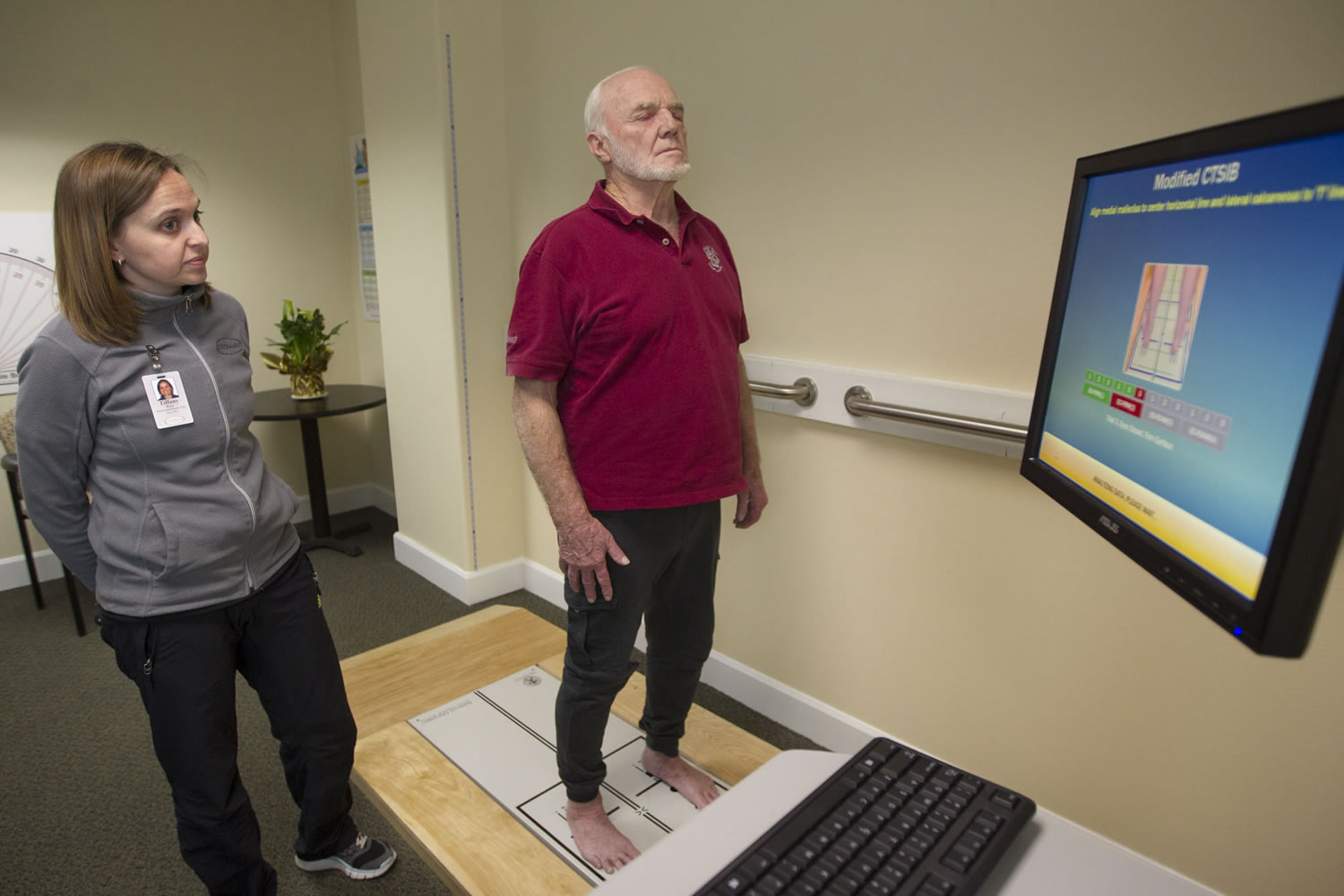• One out of three adults age 65 or older falls each year.
• Among older adults, falls are the leading cause of both fatal and nonfatal injuries.
• In 2013, 2.5 million nonfatal falls among older adults were treated in emergency departments and more than 734,000 of these patients were hospitalized.
• 20 to 30 percent of people who fall suffer moderate to severe injuries, such as lacerations, hip fractures and head traumas.
• Most fractures among older adults are caused by falls. The most common are fractures of the spine, hip, forearm, leg, ankle, pelvis, upper arm and hand.
Preventing falls
Here are ways older adults can reduce their chance of falling:
• Exercise regularly. Exercises should focus on increasing leg strength and improving balance and should get more challenging over time.




